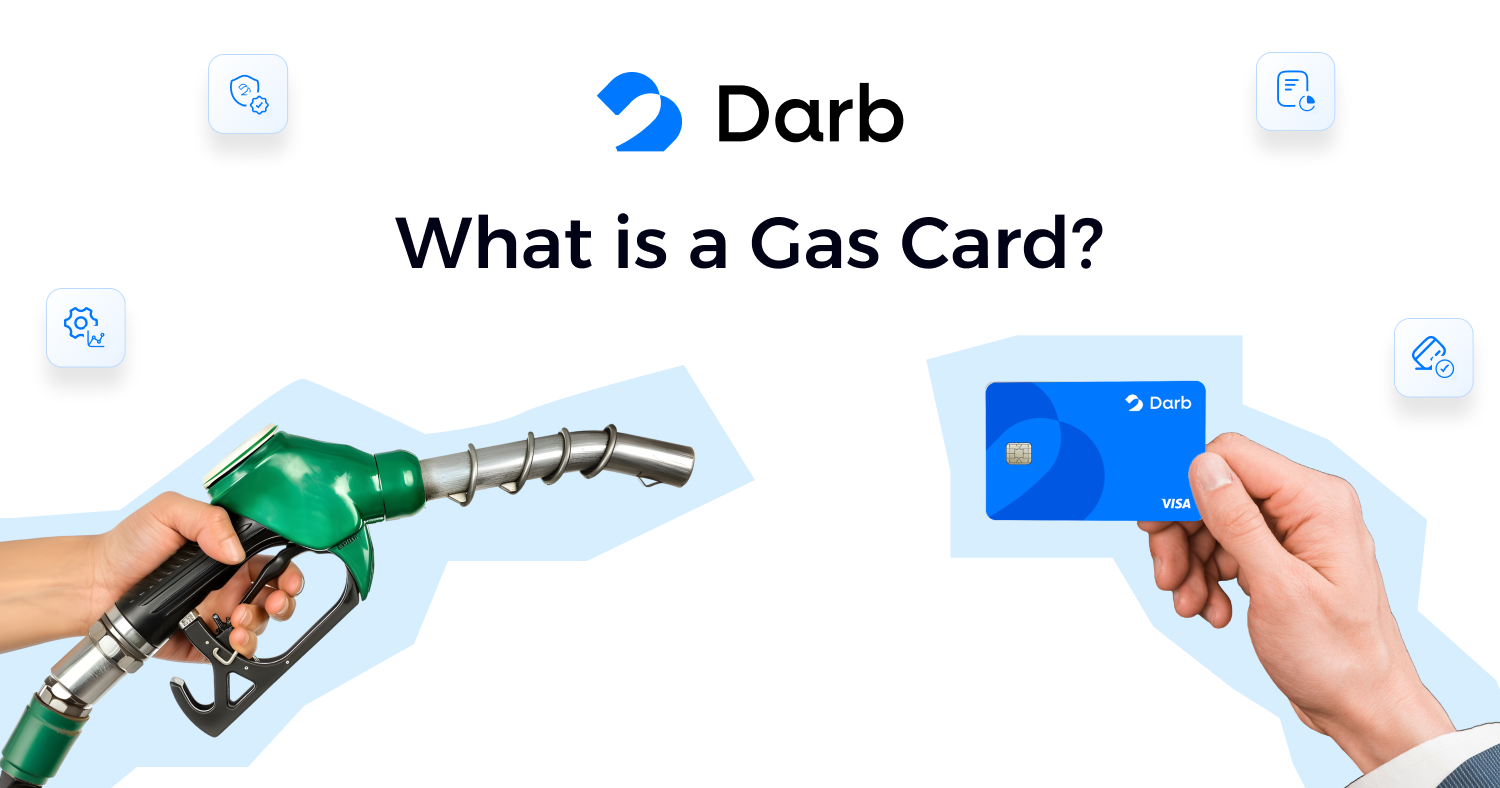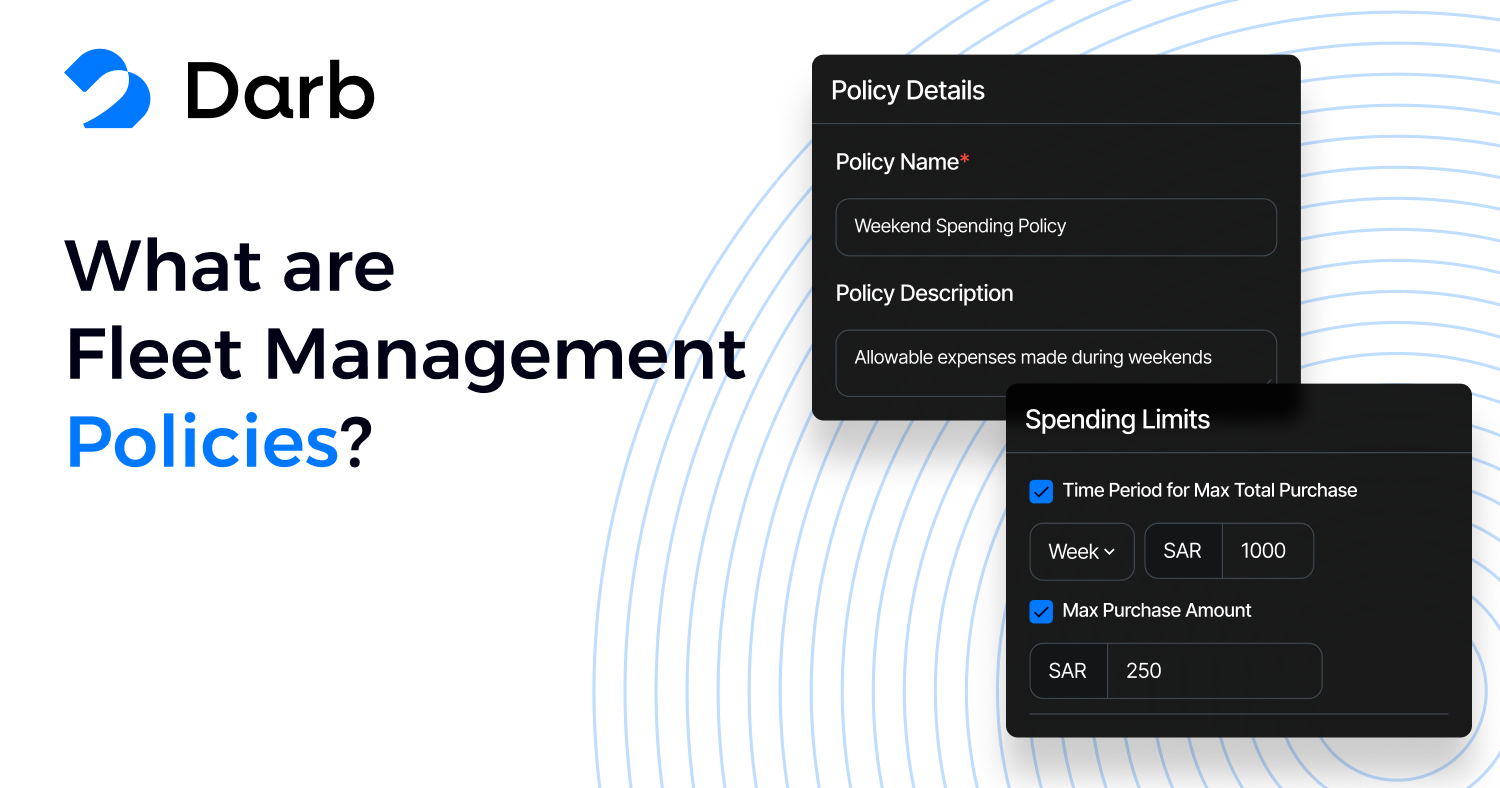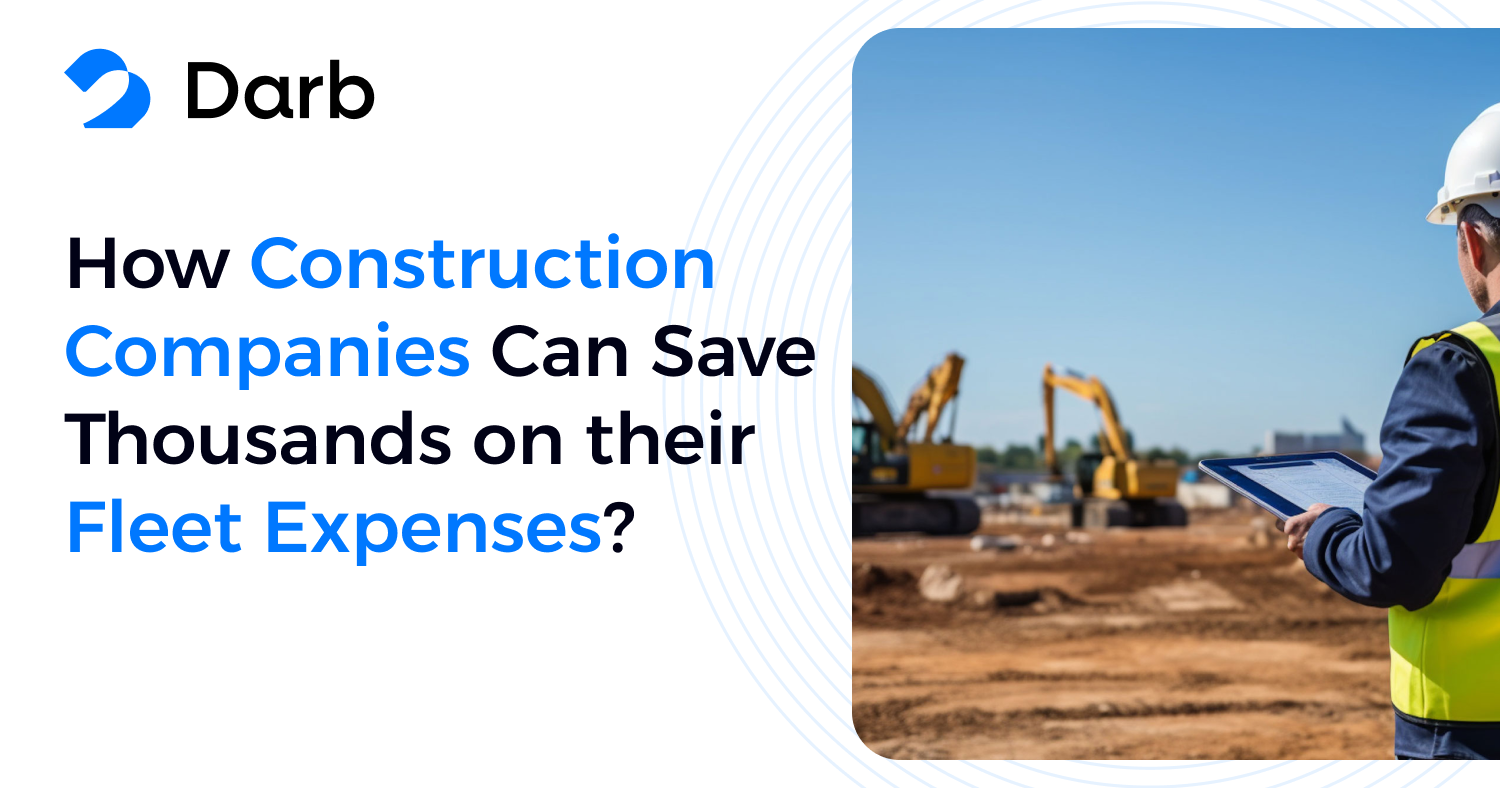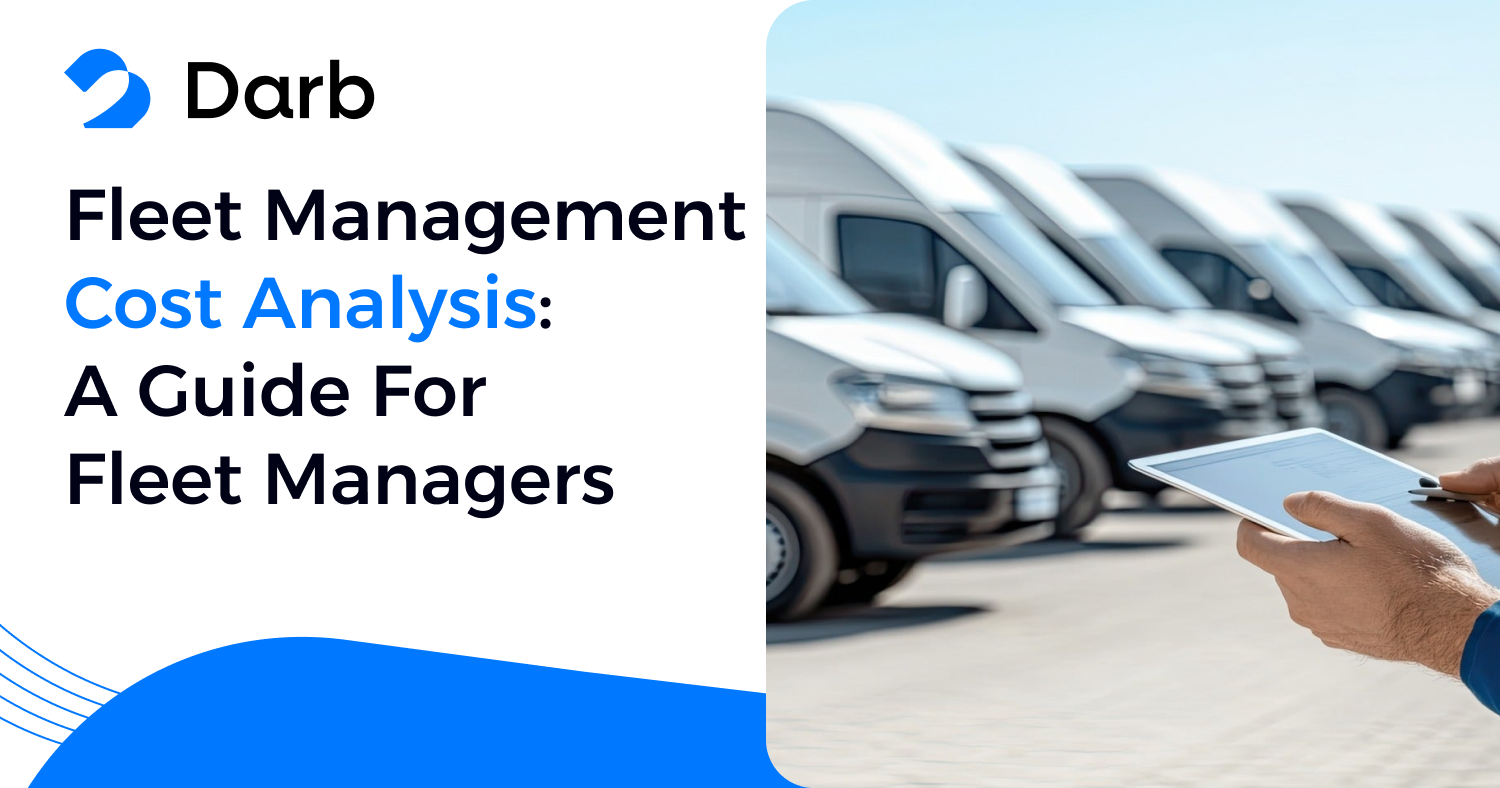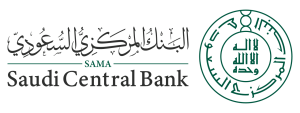Saudi Arabia has long been known for having some of the world’s lowest fuel prices, largely due to generous government subsidies. Between 2010 and the mid-2010s, gasoline and diesel prices were set at extremely low levels—around SAR 0.45 per liter for 91-octane gasoline—and remained unchanged for years. However, a sharp decline in oil revenues after 2014 prompted significant reforms. In December 2015, the government announced its first subsidy reductions, increasing the price of 91-octane gasoline from SAR 0.45 to 0.75 (about a 67% rise), and raising 95-octane from SAR 0.60 to 0.90. This 2016 hike became a turning point, signifying the start of higher domestic energy prices after decades of stability.
In January 2018, Saudi Arabia introduced another, larger round of subsidy cuts, concurrent with a 5% value-added tax. During this period, 91-octane gasoline rose from 0.75 to 1.37 SAR per liter (+82%), and 95-octane from 0.90 to 2.04 SAR (+126%). Diesel for trucks initially stayed at its previous rate in early 2018, yet overall gasoline prices effectively doubled within just two years. These increases were part of broader fiscal reforms aimed at curbing excessive consumption and reducing the budgetary burden of fuel subsidies. Even after the increases, Saudi fuel prices remained below global averages, but the era of ultra-cheap gasoline was clearly ending.
Following 2018, Saudi Arabia adopted a more frequent price adjustment system, aligning domestic fuel prices with global oil market movements. Saudi Aramco began quarterly price reviews in 2018–2019, with gradual increases noticeable by mid-2019. In early 2020, price reviews became monthly, enabling domestic rates to track global oil fluctuations more closely. Occasionally, this mechanism led to minor price drops when global oil prices were low, followed by increases as markets recovered in 2021.
A significant policy shift occurred in July 2021, when the government capped gasoline prices at SAR 2.18 for 91-octane and SAR 2.33 for 95-octane. This measure was intended to ease the cost of living, with the state covering any cost above the cap. Gasoline prices remained stable at this level through 2024. Meanwhile, diesel—which had long been subsidized for transport and industry—continued to rise in stages. In January 2024, its price was raised by 53%, and in January 2025 by another 44%, bringing the diesel rate to approximately 1.66 SAR per liter (around $0.44). This represented more than a twofold increase from earlier levels, reflecting efforts to curb soaring domestic demand spurred by major development projects.
Overall, between 2010 and 2025, Saudi pump prices have seen substantial hikes. Gasoline 91, for instance, rose from about 0.45 to 2.18 SAR, nearly five times its original level. Diesel, once just a few cents per liter, also climbed significantly, though it still remains moderate by global standards due to existing caps and remaining subsidies.
Comparison with Gulf Countries and Global Markets
These fuel price reforms in Saudi Arabia are part of a larger trend across the Gulf region, where governments moved to adjust domestic fuel prices following the 2014 oil price crash. Each Gulf country followed its own path. The UAE, for example, fully deregulated gasoline in 2015, allowing monthly adjustments tied to global oil prices. Qatar and Oman introduced monthly pricing mechanisms around 2016, gradually phasing out subsidies. Bahrain and Kuwait took a more measured approach—raising prices at different rates and then often freezing them.
Currently, Saudi Arabia’s fuel prices sit in the middle range compared to the Gulf. They are higher than Kuwait’s and Bahrain’s but lower than the liberalized markets in the UAE and Oman. On a global scale, average gasoline prices are generally about double Saudi Arabia’s rate. Oil-rich countries or those with active subsidies still offer cheaper fuel to consumers, while countries with high import dependency impose taxes that lead to higher pump prices. Even after the hikes, Saudi Arabia’s gasoline price remains below the global average—reflecting the role of continued partial subsidies and government policies. Though the Kingdom aims to align domestic fuel prices with international levels for efficiency and fiscal sustainability, social considerations have led to a gradual approach, evidenced by measures such as the 2021 price cap.
Impact on Businesses with Large Vehicle Fleets
For companies operating sizable fleets, rising fuel costs pose a clear challenge. Once a minor expense, fuel now represents a significant share of operational costs. When diesel prices more than doubled within a few years, trucking and distribution companies in particular found their profit margins under pressure. Fuel price increases act like cost-push inflation, making every kilometer more expensive. Companies that fail to address this may see reduced profits or be forced to raise service fees, potentially passing on costs to end consumers.
Some large businesses in the Kingdom have felt a heavier impact than others—especially those relying heavily on transport and logistics. A major food distributor, for instance, might shoulder hundreds of millions of riyals in extra expenses each year solely due to higher fuel prices. On the other hand, industrial conglomerates with less transport exposure may see only marginal effects. Overall, though, fuel has become a strategic budgeting issue for Saudi companies that operate big fleets. With prices inching closer to global norms, local operators can no longer rely on exceptionally cheap fuel and must adopt more efficient, internationally competitive practices.
Strategies for Adapting to Rising Fuel Costs
Below are some practical approaches fleet operators can employ to contain costs and maintain profitability, despite higher pump prices:
-
Optimize Fuel Consumption & Driving Practices
- Provide driver training on efficient driving (smooth acceleration, minimal idling).
- Use route planning to reduce distance and avoid traffic congestion.
- Perform regular maintenance for better mileage (engine tuning, tire checks).
- Track fuel performance per vehicle and set improvement targets.
-
Leverage Technology & Telematics
- Install onboard systems that monitor driver behavior and fuel usage in real time.
- Analyze data periodically to spot excessive idling or harsh driving and correct it.
- Implement proactive maintenance alerts.
- Utilize advanced scheduling tools to optimize routes and reduce unnecessary trips.
-
Adopt Alternative Fuels & Vehicles
- Consider electric vehicles (EVs) for certain routes, eliminating reliance on expensive conventional fuel.
- Look into hybrids or conversions to compressed natural gas or liquefied petroleum gas, where infrastructure allows.
- Conduct total cost of ownership studies to weigh the long-term savings of fuel alternatives against initial investment.
- Pilot small-scale projects before a large-scale rollout.
-
Implement Sound Financial & Procurement Policies
- Add variable fuel surcharges in service contracts that rise or fall with market prices.
- Prepare flexible budgets with scenario planning for possible price increases.
- Explore hedging contracts or bulk-purchasing strategies to lock in lower fuel prices.
- Use smart fuel cards and systems to reduce fraud and closely monitor consumption.
When combined, these measures can yield significant fuel savings—often enough to offset the impact of rising per-liter prices. At their core, they encourage a culture of resource efficiency and cost control, crucial in an environment where operational expenses are climbing.
Conclusion
Over the span of 15 years, Saudi Arabia’s fuel landscape has evolved from static, ultra-low prices to a more flexible structure aligned with broader market conditions. Although the Kingdom is no longer the region’s absolute cheapest, its fuel is still priced below global norms—albeit with a narrower gap than before.
For companies that operate large fleets, this shift means fuel can no longer be treated as a negligible cost. Instead, it is now central to strategic budgeting and competitiveness. Yet the challenges posed by rising prices also offer opportunities. By embracing efficiency measures, new technologies, and prudent financial tactics, businesses can adapt, remain profitable, and potentially unlock additional benefits such as safer operations, reduced emissions, and overall process improvements.
In the end, higher fuel costs can be a catalyst for modernization. The firms that proactively plan, innovate, and optimize their fleet management will be best positioned to thrive in Saudi Arabia’s evolving fuel market.


